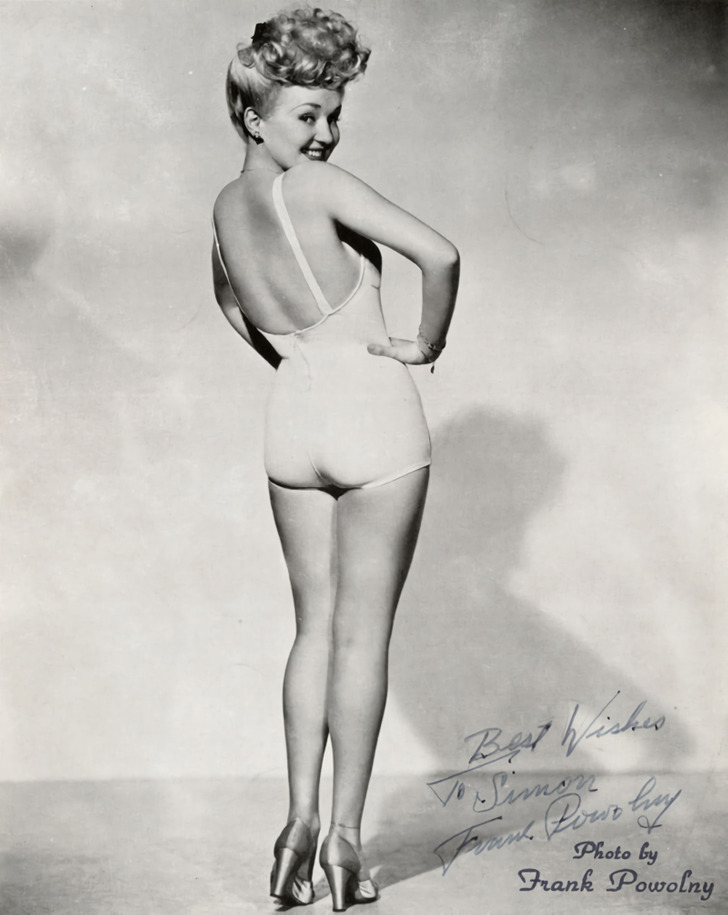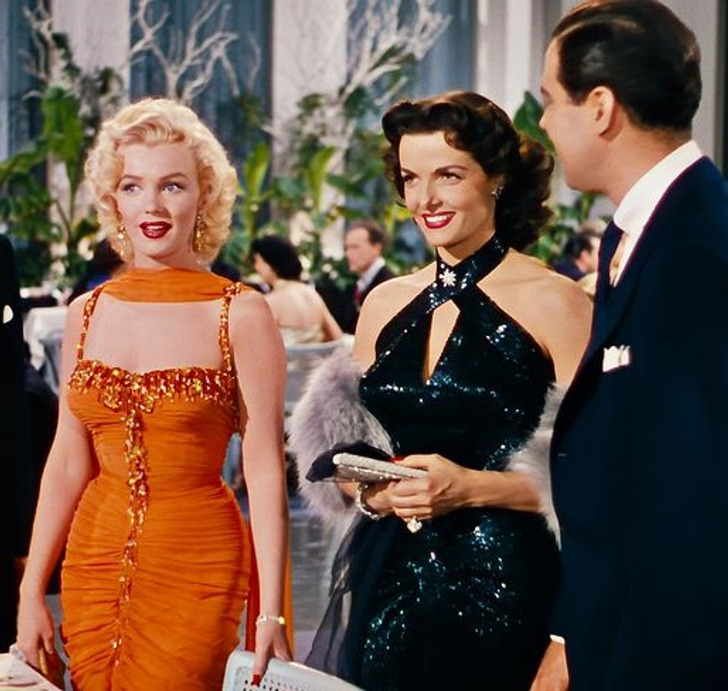What a Perfect Female Body Looked Like 100 Years Ago And Every Decade Since
In different years of the 20th century, women were required to be thin, and highlight their hips and waist. And these requirements changed almost every decade. For example, in the 50s, you were lucky to have the hourglass-shaped body, and in the 80s, many women started to lose weight to look like the runway supermodels.
We at CHEERY decided to take a look at how the standards of female beauty have changed in the past 100 years. So, we made a study and found out what women looked like since the 1920s through to the 2020s.
The 1920-s.
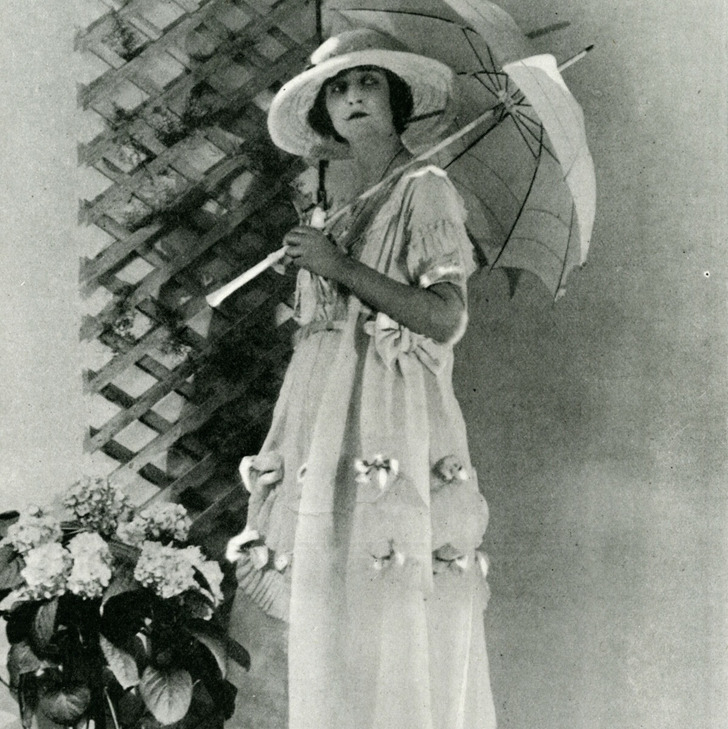
At this time, women already stopped wearing corsets and preferred clothes that didn’t limit their movements. The dresses from designers of that time looked best on androgynous bodies without smooth curves. This is why women did all they could to lose weight based on exercises and diets, and sometimes by wore slimming underwear, making their hips and breasts look smaller.
The magazines of the 1920s, showed slim and athletic models. So, many readers even had eating disorders trying to look like the girls on those photos.
The 1930-s.
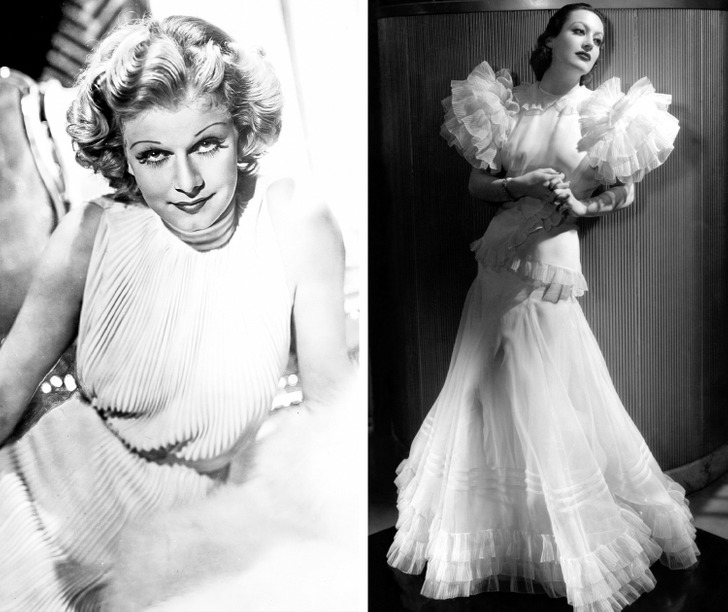
In this decade, it was trendy to look like movie actresses, and the boy-like looks of the 1920s were replaced by smooth feminine silhouettes. The dresses became longer, and the waistline returned to where it was. Jean Harlow and Joan Crawford, who often played a girl-next-good, became the trendsetters.
Women were no longer ashamed of their shapes — tighter clothes were trendy. A good example is the white organza dress Joan Crawford wore in Letty Lynton. After the film was released, the mass production of such clothes with narrow waists and wide skirts started, and they were selling like hotcakes.
The 1940-s.

The fashion magazines of the time published photos of girls-next-door. The women had ordinary bodies, wearing ordinary clothes.
At the same time, the trend for pale “aristocrat” skin was in the past. Tanned faces and arms were no longer signs of lower classes of society, and women started using foundations that highlighted the natural color of their faces.
The 1950-s.
In the 1950s, the pin-up style was gaining popularity. The hourglass shape of the body was especially popular. At the time, it was trendy to wear narrow-waist dresses and wide skirts. And also, the society was getting used to women in pants.
But no matter what a woman was wearing, she was supposed to look perfect all the time. During the entire decade, ladies of any age and at all times had to have perfect hair, makeup, and carefully chosen accessories.
The 1960-s.
Instead of hourglass-shaped women, androgynous models with thin waists, slim hips, and skinny arms and legs were on magazine pages. And movie fans started copying the style of Audrey Hepburn. In 1961, the famous romantic comedy Breakfast at Tiffany’s was released.
Another fashion icon of the time was model Twiggi — a girl with a boy-like body. She was even named the face of 1966 by Daily Express. You could see photos of Twiggi in Vogue and The Tatler. Her teenage-like body was perfect for A-line dresses, and unisex clothes, popular at the time.

But later, Twiggi was against the trend for skinny models. She said that she started appearing on the runway when she was a teenager, and she was naturally skinny. But it’s not a natural thing for an adult woman.
The 1970-s.
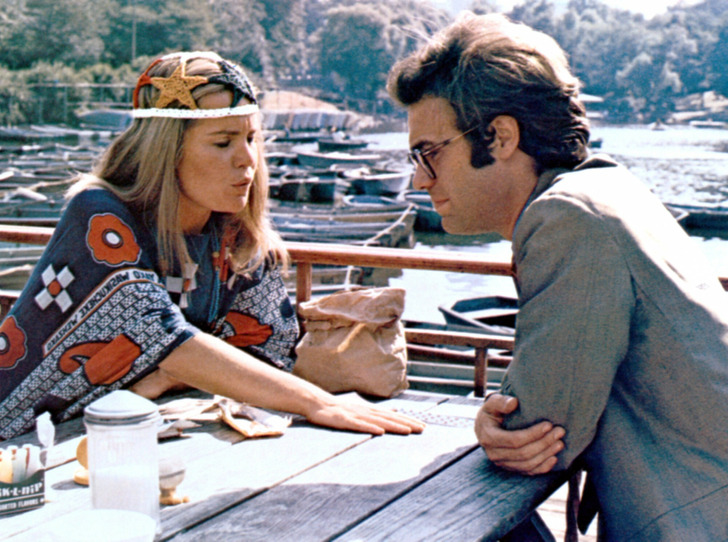
At the beginning of the 70s, it was trendy to look like a hippie. And women started thinking about protecting their skin from the sun: it was the time when SPF sunscreens appeared. It was because dermatologists started noticing skin damage in those who like sunbaths. Women were more careful about exposure to the sun, and started using bronzers to look tanned.
It was still normal for ladies to be slim. But it wasn’t the painful thinness of the 60s: in that decade, women were supposed to be slim, athletic, tanned, and with a rosy bloom on the cheeks.
The 1980-s.
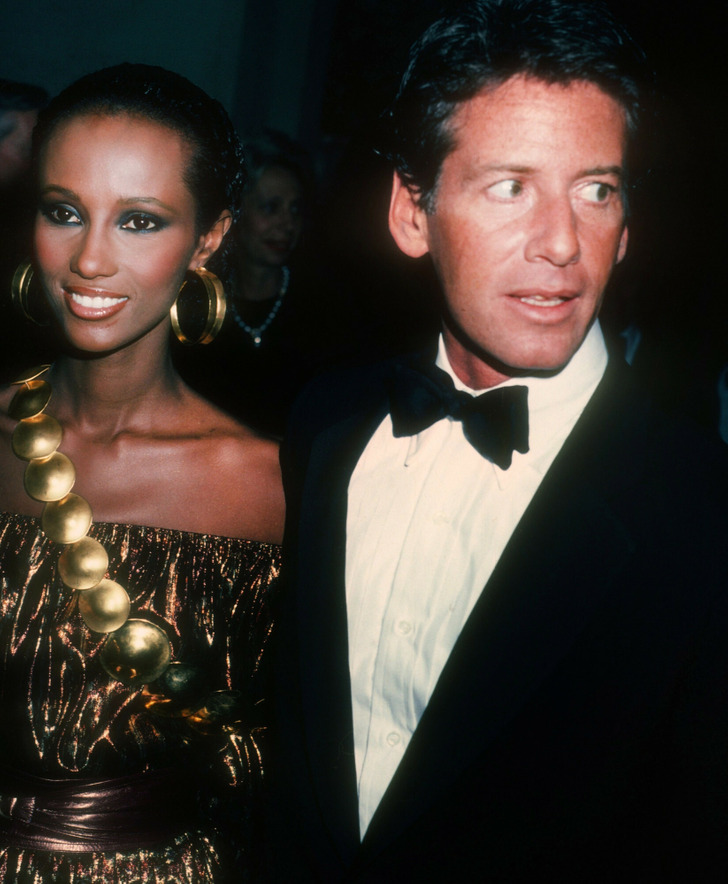
This is the time period when “supermodels” became really popular. It was the name for ladies with very long legs walking on runways, doing commercials, and earning crazy money for their beauty. They became a role model for many women who wanted to match beauty standards.
So, women really got into aerobics, bodybuilding, and good food. Trendy women tried to make their bodies as fit as possible. Besides, they started using anti-aging beauty products even more.

To look like movie stars, women had very bright makeup. They used blush, eyeliners, dark liners for lips and blue, purple, and silver rouge. And in order to have voluminous hair, they would do hair perms.
The 1990-s.
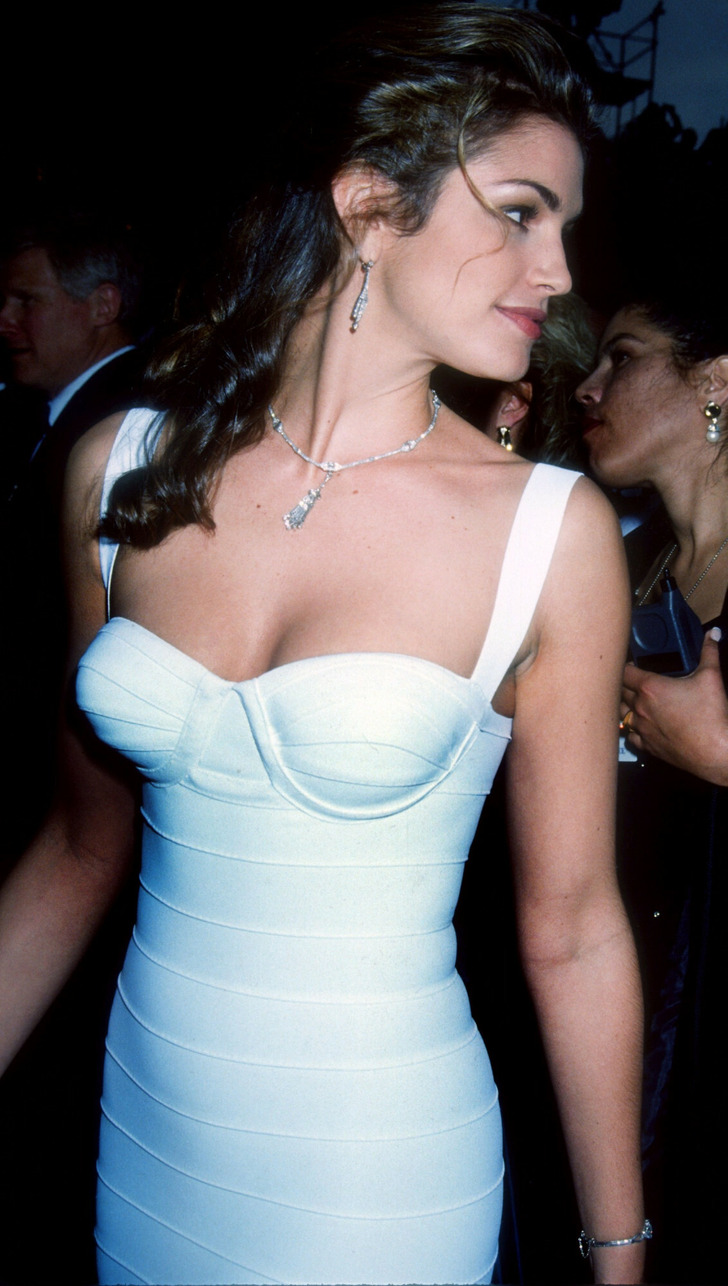
This was a time of tall and skinny models. Sharp cheekbones, clear jawlines were especially beautiful. Ideally, clavicles were supposed to be clearly seen.
In the 90s, the trend for natural tan started to die down, but women started going to tanning salons. Being beautiful at the time meant pinching eyebrows from time to time. At the beginning of the decade, eyebrows had to be really thin.
The 2000-s.
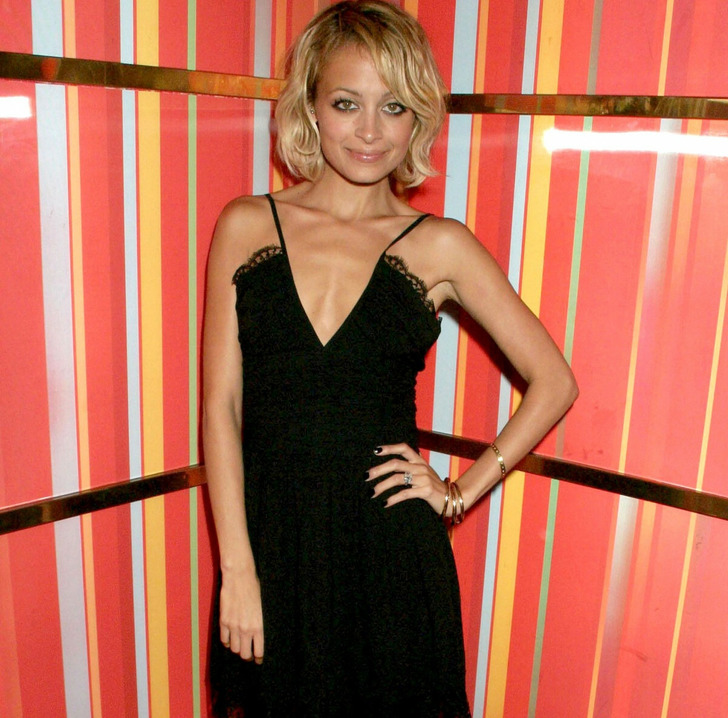
During this period, the covers of fashion magazines were full of supermodels like the Angels of Victoria’s Secret. Many girls wanted to be like them and were losing their confidence because of their “imperfect bodies.”
It led to a spike in eating disorders. Even Hollywood starts suffered from anorexia, trying to match the modern beauty standards. People actually believed that a perfect woman had to look like the actress Nichole Richie.
The 2010-s and the beginning of the 2020-s.
Since the beginning of the 21st century, the beauty standards have become broader: women of different body types started to appear on runways and in movies. In 2007, the first episode of Keeping Up with the Kardashians was released, where women weren’t shy of lush bodies.
Actors and models started posting their unedited photos. And plus-size model appeared on runways, promoting lingerie and swimsuits.
One of the body positivity icons is Ashley Graham, who proves that today, any woman can be herself without worrying about the imposed standards. In 2017, she even released a book, “New Model: What Confidence, Beauty, and Power Really Look Like”.
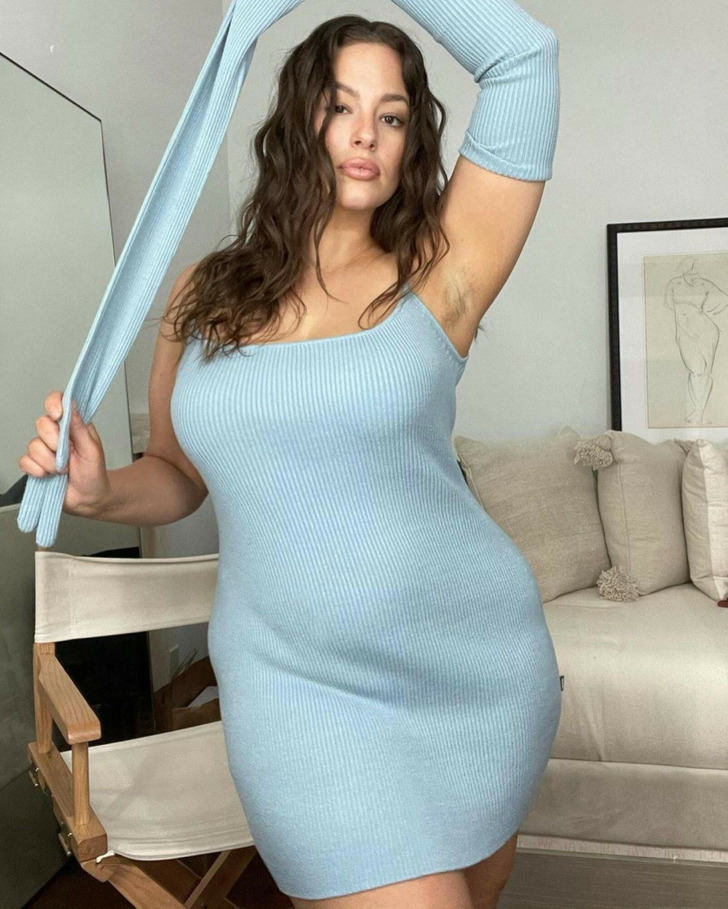
We don’t know what surprises fashion will give us in 10 or 20 years. But we want to believe that in the future, women won’t have to make sacrifices in the name of beauty, or lose their self-esteem over unachievable ideals.
Do you keep track of fashion, or do you prefer to be yourself?
